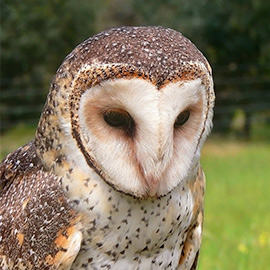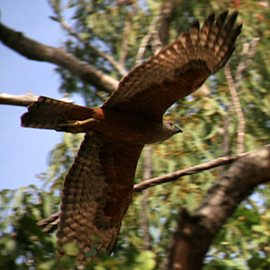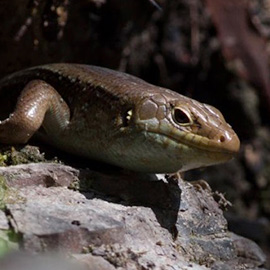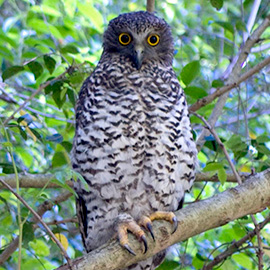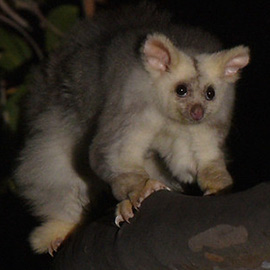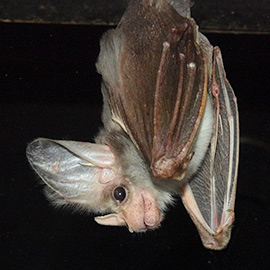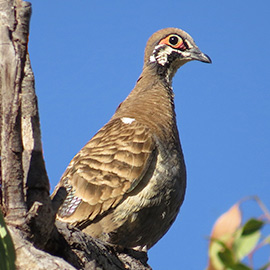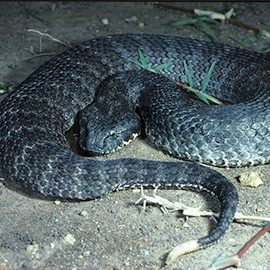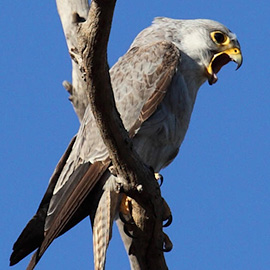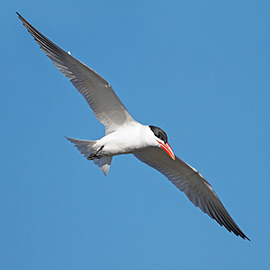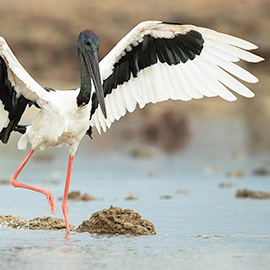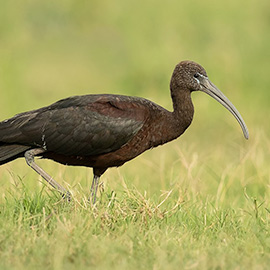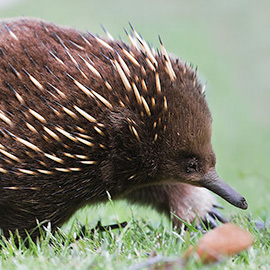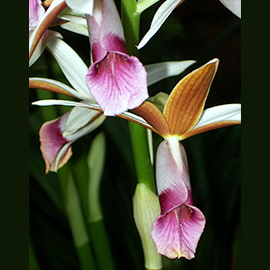Biodiversity
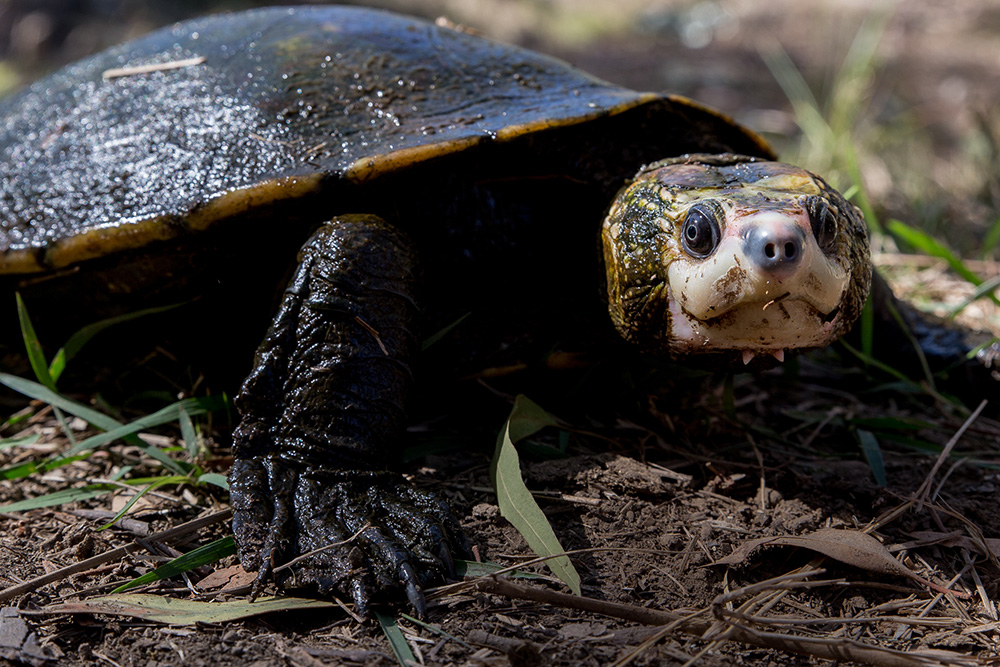
Home to Irwin’s turtle
Elseya irwini, Irwin’s turtle or the fresh water snapping turtle, was first discovered in 1990 by Australian environmental icons Bob Irwin and his late son Steve Irwin. The turtle is endemic to the Broken-Bowen River system, which flows through Urannah, with an estimated range of only 25km1.
The first and only males were found at Urannah, at the mouth of the Broken River and Urannah Creek catchments. Irwin’s turtle is locally significant and listed as high priority on the Queensland Government’s Back on Track Priority Framework3. Read More abut Irwin’s Turtle
Pristine natural refuge
Urannah is a pristine valley of environmental significance, with a protected natural heritage that makes it an important home for many species. The extensive range of Urannah contains a diversity of terrestrial habitats, including steep mountains and forested valleys.
Flowing through Urannah is Urannah Creek and the Broken River, which is the most permanent river in the Burdekin river system.
The inaccessible nature of Urannah, with its steep valley walls, has meant that there has been little human disturbance to the area. It remains one of the few remaining examples of pre-European vegetation for the region, and for the country.
There are many rare and threatened species and ecosystems that are known, or predicted, to be a part of Urannah. However, more research is urgently needed to understand the environmental significance and what is at threat from the proposed dam.
Threatened ecological communities
Species
Threatened species
Native fish species
Migratory species
A recent Environmental Protection Biodiversity Act Protected Matters Search identified many threatened ecosystems and species occurring or likely to occur at Urannah3; and a large diversity of species occurring within 20km of the proposed dam site 4.
Threatened Species
found or likely to be at Urannah
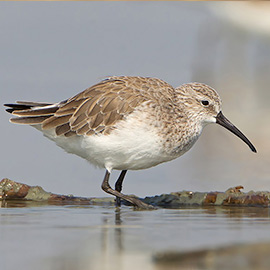
Curlew Sandpiper
Critically Endangered
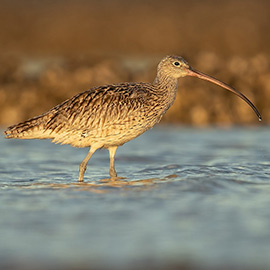
Eastern Curlew, Far Eastern Curlew
Critically Endangered
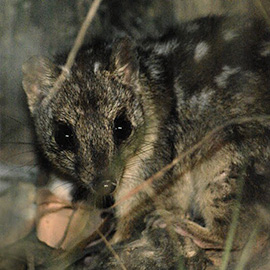
Northern quoll
Endangered
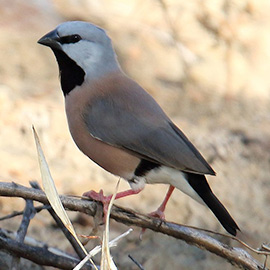
Black-throated finch
Endangered
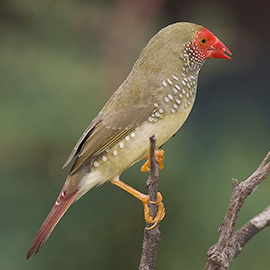
Star Finch (Eastern & Southern)
Endangered
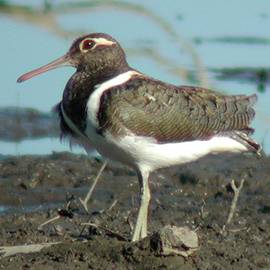
Australian painted snipe
Endangered
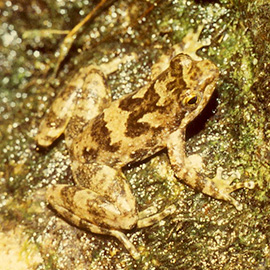
Eungella Day Frog
Endangered
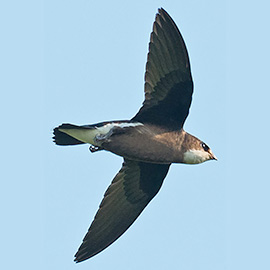
White-throated Needletail
Vulnerable
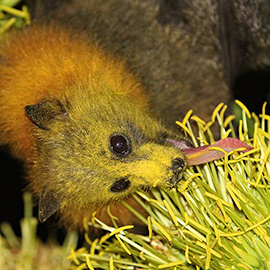
Grey-headed flying fox
Vulnerable
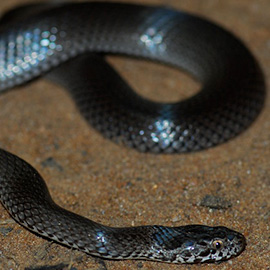
Ornamental snake
Vulnerable
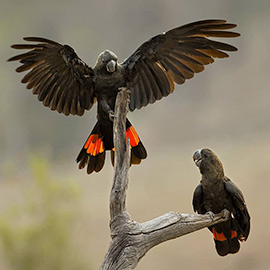
Glossy black cockatoo,
northern
Vulnerable
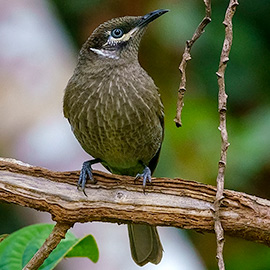
Eungella honeyeater
Vulnerable
Endangered flora
- Brigalow
- King blue-grass
- Bottletree
- Cycas ophiolitica
Vulnerable flora
- Black ironbox
- Bluegrass
- Hairy-joint Grass
- Omphalea celata
- Ozothamnus eriocephalus
- Quassia – Samadera bidwillii
Near Threatened flora
- Bertya pedicellata
Urannah Terrestrial Fauna
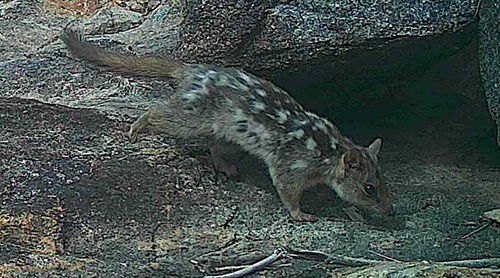
Nothern Quoll, photographed at Urannah, 4th to 7th Aug 2020 by Louis Delamoir.
Koalas have been observed throughout the bluegum forest in the valley. Urannah is home to betong and several species of kangaroo, including the tree kangaroo, the grey kangaroo, and the pretty face wallaby.
30 species of birds have been identified during surveys at Urannah, including five species of honey-eater, kookaburras, cockatoos, eagles, and owls1. Other bird species, such as kingfishers and pelicans, are also common at Urannah. Urannah is home to species of conservation concern, including the IUCN listed “near threatened” black necked stork (Jaiburu), and the “vulnerable” grey falcon1.
Urannah Aquatic Fauna
The river systems of Urannah are home to Urannah’s most iconic animal: Irwin’s turtle, Elysea irwini. Irwin’s turtle, which was first discovered by Steve and Bob Irwin in 1990, is endemic to the Broken-Bowen River system and the lower Burdekin River2. The turtle is of high conservation significance, with a restricted range and population demographics that place the species at risk of decline. It is considered that the proposed construction of Urannah Dam would have a significant negative impact on Irwin’s turtle2.
The endangered Eungella Day Frog has been found at Urannah, but there is little known about the population size. A biodiversity survey identified five species of fish in the rivers, including rainbow fish, 5-barred grunter, spangled perch, sooty grunter and blue catfish1. Crocodiles are known to live in the rivers of Urannah. Platypus also live in the creeks and rivers.
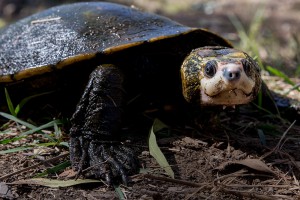
Urannah Flora
Urannah contains several forest ecosystem types: ironbark forests on the valley slopes; and in the valleys and on the riverbanks, bluegum forest (Eucalyptus tereticornus) and black iron box forest (Eucalyptus lyptusraveretiana)1. The bluegum forest at Urannah is listed as an endangered regional ecosystem1. Urannah is a rare example of pre-European native pasture, with the understorey on the riverbanks dominated by native grasses. The dominant grasses in the area are the 3 awned grass, black spear grass and kangaroo grass1. 20 plant species have been recorded at Urannah during biodiversity surveys1.
Listed Threatened Ecological Communities 4
- Brigalow (Acacia harpophylla dominant and codominant)
- Natural Grasslands of the Queensland Central Highlands and northern Fitzroy Basin
- Poplar Box Grassy Woodland on Alluvial Plains
- Semi-evergreen vine thickets of the Brigalow Belt
More research is needed
Information gaps
There has been a limited amount of ecological surveys at Urannah. These have found a significant number of terrestrial and aquatic species, including rare, endangered and threatened species and ecosystems. Given Urannah’s undistrubed and pristine nature, it’s likely that there are many rare and important species that have not yet been identified. More information is also needed on the conservation status of the populations that are known to occur.
More research is needed to understand the vulnerability of species and ecosystems, and the threats they face from the proposed dam. In particular, rare species with a restricted range, such as Irwin’s turtle and the Eungella Day Frog, would be significantly impacted by the dam.
Proponent Desk Research
Desk research as part of the latest proposal to dam Urannah indicates a large diversity of species are likely to be at Urannah. An EPBC Act Protect Matters Search found that there are four threatened ecological communities, 32 threatened species and 16 migratory species listed under the Environment Protection and Biodiversity Conservation Act that have the potential to occur in the project area3. There are also 1033 species that have been found within 20 km of the proposed dam site 4.
The Bowen River Utilities Initial Advice Statement3 also includes other key information about the environmental significance of Urannah:
- The dam would have potentially significant environmental effects on matters of national environmental significance, including the Great Barrier Reef World Heritage Area, threatened species and threatened ecological communities, and migratory species
- The dam would have potentially significant environmental effects on matters of state environmental significance, including regulated vegetation, connectivity, wetlands and watercourses, protected wildlife habitat, flora and fauna, protected areas and waterways providing for fish passage
- The upper reaches of the Broken sub-catchment are critical spawning habitat for many fish species
- Drone footage of the proposed dam site shows high quality and varied aquatic habitat
- 47 native fish species have been recorded in the Bowen River sub-basin; 13 native species specifically recorded at the Broken River, Urannah Creek and Massey Creek Aggregation; and 8 species recorded at the dam inundation area
- The macroinvertebrate fauna of the Broken River sub-catchment has been poorly studied, but the catchment has high diversity overall
- The inundation areas are mapped as being of very high riverine conservation significance, because these creeks and rivers form part of the Broken River, Urannah Creek and Massey Creek Aggregation, which is currently listed in the Directory of Nationally Important Wetlands, and includes some of the least disturbed examples of riverine wetland in Central Queensland.
References
- Sutton, I. 2004. Urannah – What’s at risk? A preliminary investigation into its biological assets.
- Threatened Species Scientific Committee. 2009. Elseya irwini (Irwin’s Turtle) Listing Advice. Available at: http://www.environment.gov.au/system/files/pages/1cd5c5bd-d9b8-4b5f-ada6-c53f050dfa81/files/78961-listing-advice.pdf
- The Bowen River utilities Initial Advice Statement
- Proposal 2020/8706 – Bowen Renewable Energy Hub Pumped Hydro-electric Scheme – Attachment E Desktop searches
We need your help
to protect our river, our environment and our culture
"We are the River People our river is sacred it is our life it gives us the connection to our land and the beginning of creation.
It is our duty to protect our BIRI (river) against the rapid demand of water supplies to the Mining Industry in the Bowen Basin. Urannah Creek and Broken River are the last wild rivers in this country and the biodiversity and the environment is untouched.” Descendant Wiri and Birri people.
We will be launching our campaign soon to build the people power to stop this dam.
Please signup for email updates and we will let you know how to get involved and support the River People.

